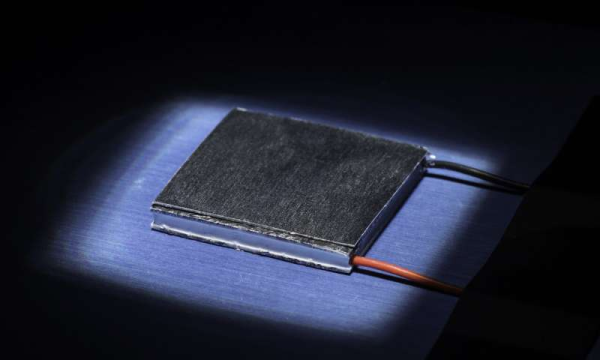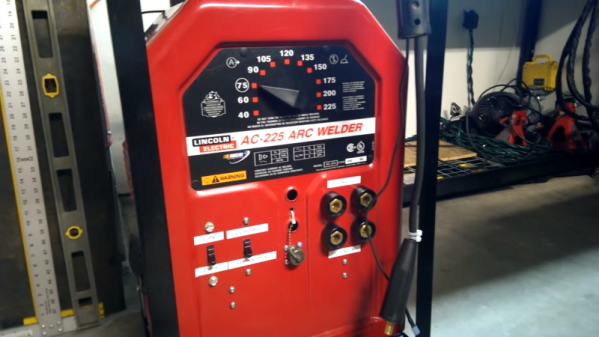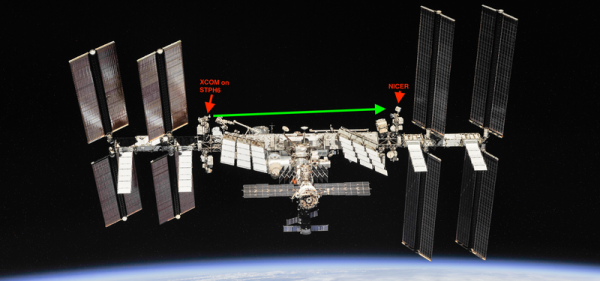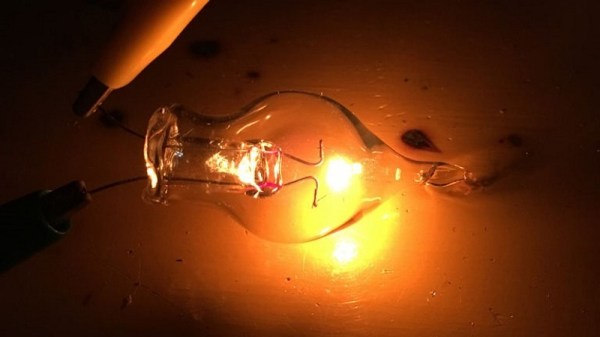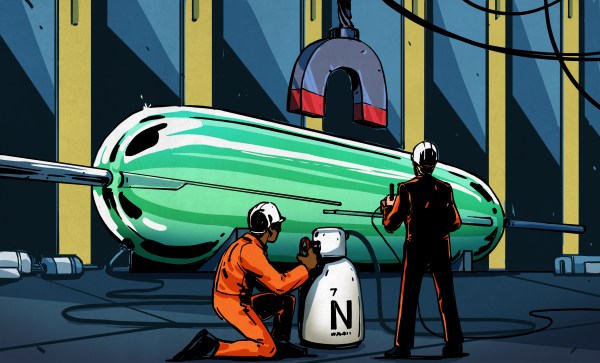One of the features that made Scientific American magazine great was a column called “The Amateur Scientist.” Every month, readers were treated to experiments that could be done at home, or some scientific apparatus that could be built on the cheap. Luckily, [Ben Krasnow]’s fans remember the series and urged him to tackle a build from it: a DIY mass spectrometer. (Video, embedded below the break.)
[Ben] just released the video below showing early experiments with a copper tube contraption that was five months in the making; it turns out that analytical particle physics isn’t as easy as it sounds. The idea behind mas spectrometry is to ionize a sample, accelerate the ions as they pass through a magnetic field, and measure the deflection of the particles as a function of their mass-to-charge ratio. But as [Ben] discovered, the details of turning a simple principle into a working instrument are extremely non-trivial.
His rig uses filaments extracted from carefully crushed incandescent lamps to ionize samples of potassium iodide chloride; applied to the filament and dried, the salt solution is ionized when the filament is heated. The stream of ions is accelerated by a high-voltage field and streamed through a narrow slit formed by two razor blades. A detector sits orthogonal to the emitter across a powerful magnetic field, with a high-gain trans-impedance amplifier connected. With old analog meters and big variacs, the whole thing has a great mad scientist vibe to it that reminds us a bit of his one-component interferometer setup.
[Ben]’s data from the potassium sample agreed with expected results, and the instrument is almost sensitive enough to discern the difference between two different isotopes of potassium. He promises upgrades to the mass spec in the future, including perhaps laser ionization of the samples. We’re looking forward to that.
Continue reading “[Ben Krasnow] Builds A Mass Spectrometer” →

